The National Bank of Poland (Warsaw)
The NBP was established on January 15, 1945, by a decree of the National Council of the Homeland, replacing Bank Polski Spółka Akcyjna. The Constitution of the Republic of Poland (April 2, 1997) and the Act on the National Bank of Poland ensure the NBP’s strong position within the system of public institutions. The statutory bodies of the NBP are the President of the NBP, the Monetary Policy Council, and the Management Board.
The NBP fulfills three core functions:
• It serves as the issuer of the national currency,
• acts as the bank for banks, and
• operates as the central bank of the state.
It carries out its responsibilities in accordance with the Polish Constitution, the Act on the National Bank of Poland, and the Banking Law.

Taiwan Representative Office in Poland
Poland and the Republic of China (Taiwan) have maintained relations since the 1990s. These contacts have grown increasingly active at the level of government agencies, parliamentary groups, and quasi-diplomatic channels.
In 1995, the Warsaw Trade Office in Taipei was established, which was transformed in 2018 into the Polish Office in Taipei. Meanwhile, in 1992, the Taipei Economic and Cultural Office in Warsaw was created, which in 2018 was renamed the Taipei Representative Office in Poland. These representative offices handle economic and cultural diplomacy on both sides and perform consular functions (their staff are diplomats).
Bilateral parliamentary cooperation began in 2006 during the 5th term of the Polish Sejm.
On September 21, 2023, the Republic of China (Taiwan) signed the Toruń Declaration in Warsaw.

Special Economic Zone “Starachowice” S.A.
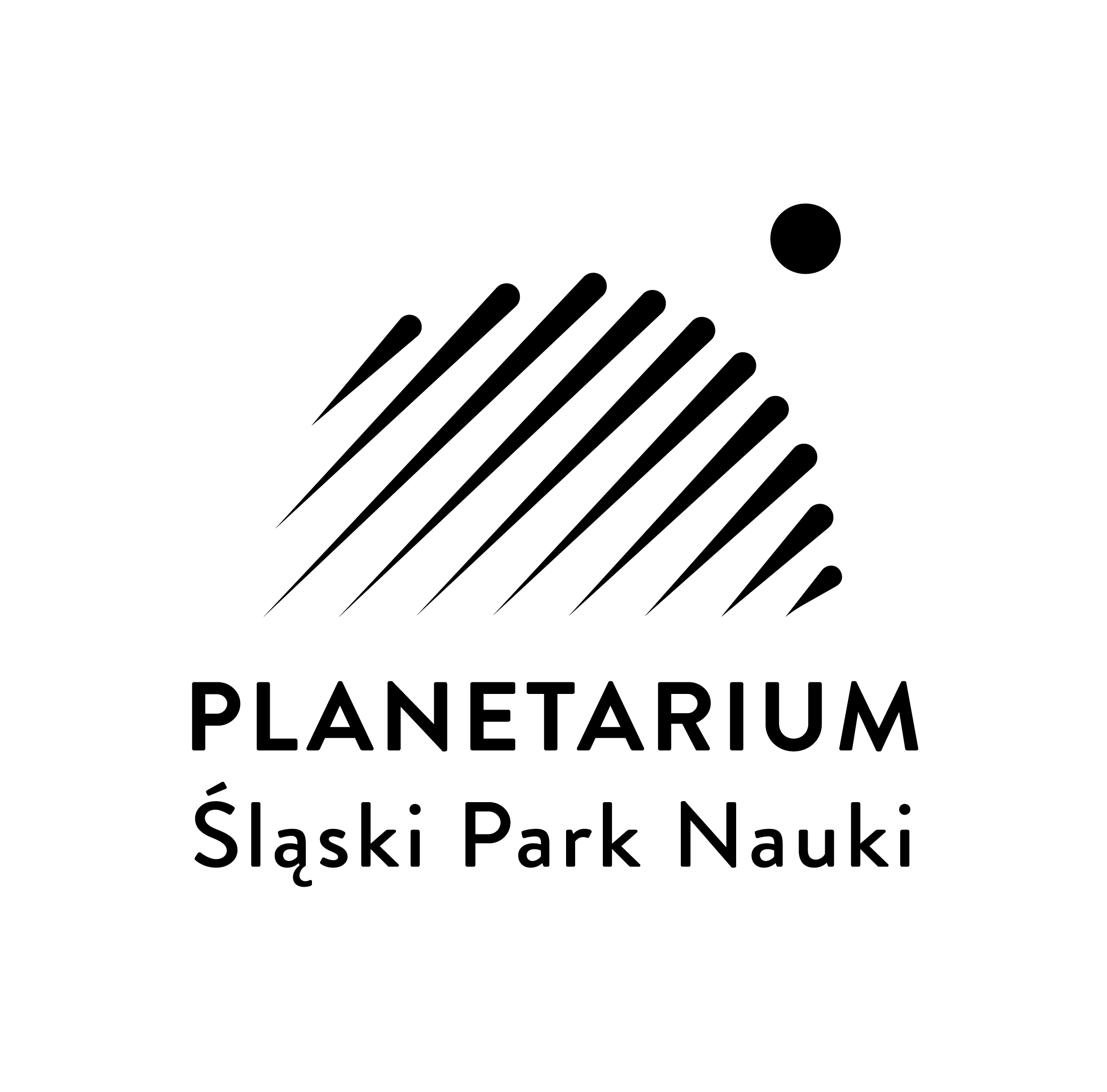
Nicolaus Copernicus Planetarium and Astronomical Observatory in Chorzów

National Agency for Academic Exchange (Warsaw)
The National Agency for Academic Exchange (NAWA) is a state institution based in Warsaw, carrying out tasks in the field of internationalization of higher education and science. The Agency has been operating since October 1, 2017, based on the Act of July 7, 2017.
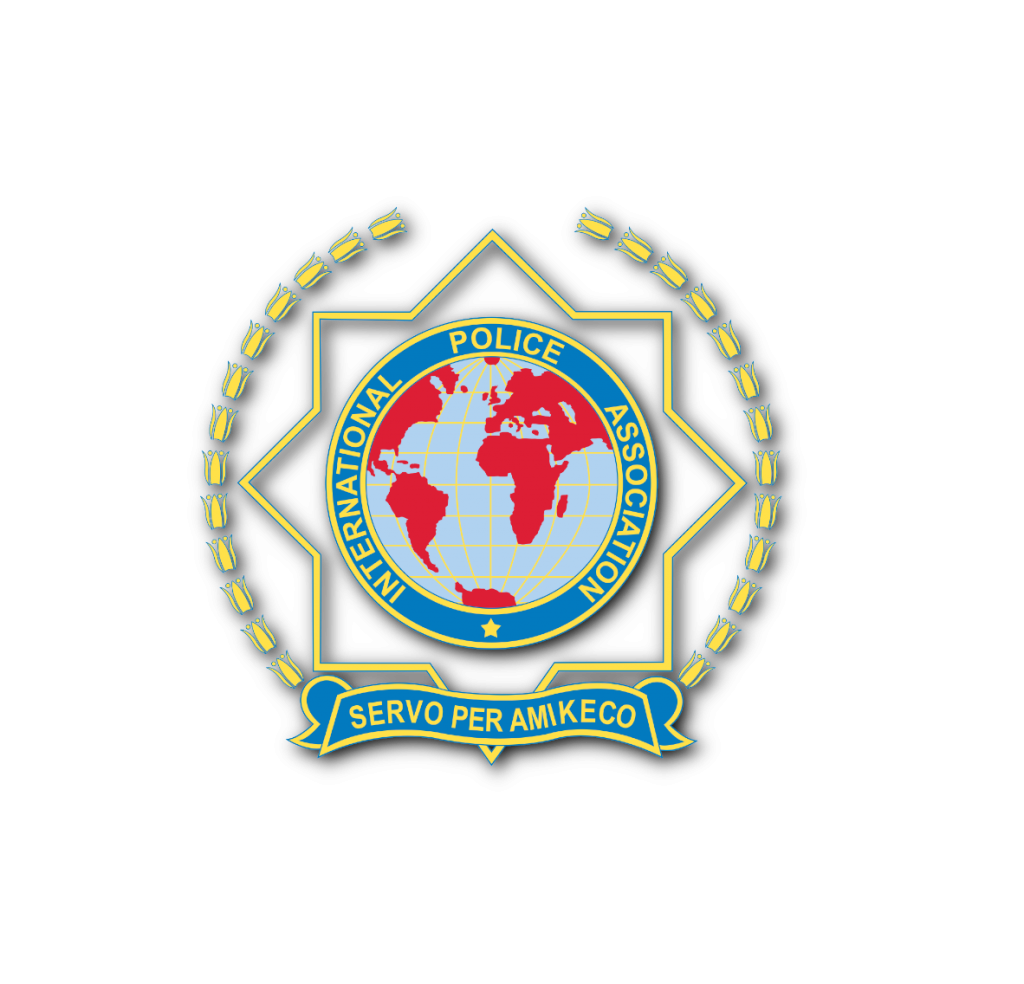
International Police Association (IPA)
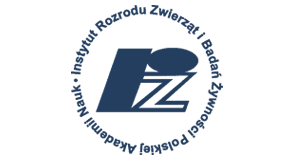
Institute of Animal Reproduction and Food Research of the Polish Academy of Sciences in Olsztyn

Christian Theological Academy in Warsaw

University of Ferrara (Italy)
The University of Ferrara is one of the oldest universities in the world. Founded “Studio di Ferrara” was recognized by Pope Boniface IX with the papal bull “In Supremae Dignitatis” on March 4, 1391, offering courses in law, fine arts and theology. After completing his studies in Padua and Bologna, Nicolaus Copernicus arrived in Ferrara in 1503 and on May 31 received a degree in canon law. After the suspension of academic degrees in 1803, the University resumed its normal activities from 1816. There were eighteen departments at that time: five in the Faculty of Law, five in the Faculty of Philosophy and Sciences and eight in the Faculty of Medicine and Surgery. The Faculty of Theology also continued to exist, but was finally abolished in 1859.
After the unification of Italy, the university became free and in the first decade of the 20th century had over five hundred students. At that time, the university included faculties of law, sciences, a two-year engineering course and a School of Pharmacy (later Faculty). Then the Faculty of Medicine, the Faculty of Science and the Faculty of Pharmacy were completed, and the Faculty of Education was created (1968). In the last decade of the 20th century, three new faculties were created: Architecture, Engineering and Humanities (as a transformation of the Faculty of Education), after which the Faculty of Economics was created in 1996.
With 68 undergraduate and graduate courses and over 25,000 students, the University of Ferrara currently has thirteen departments and the Faculty of Medicine, Pharmacy and Prophylaxis.
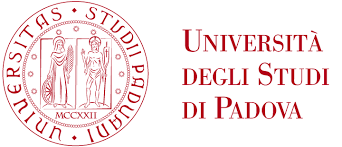
University of Padua (Padua, Italy)
The University of Padua was founded in 1222, when a group of students and professors decided to relocate from Bologna. They established a free community of scholars, organized into nationes based on their place of origin. Within these groups, students approved statutes, elected a rettore (rector or chancellor), and chose their professors, who were paid with funds collected by the students. The defense of freedom in research and teaching became a defining value of the institution, still reflected today in the university’s motto: Universa Universis Patavina Libertas (“Freedom of Padua is universal for all”).
The adoption of empirical and experimental methods alongside theoretical instruction marked the beginning of a golden age. In the 16th and 17th centuries, Padua became a hub of groundbreaking ideas and home to figures who reshaped the cultural and scientific history of humanity. Among them were Andreas Vesalius, founder of modern anatomy, as well as the astronomers Copernicus and Galileo Galilei, the latter of whom conducted his celestial observations at the university.
At the end of the 19th and beginning of the 20th century, the university expanded with the addition of faculties of Engineering, Pharmacy, and Political Science, complementing its traditional faculties of Law, Medicine, Arts and Philosophy, and Natural Sciences. In the postwar era, the university further grew to include faculties of Education, Agricultural Sciences, and Psychology, followed in the 1990s by Veterinary Medicine and Economics and Business Administration.
Today, the University of Padua boasts impressive figures: over 70,000 students (including more than 7,000 international students), 2,200 faculty members across 32 departments and 8 schools, and more than 2,400 administrative and technical staff. The university awards over 13,000 degrees annually, offers 5,000 scholarships, and provides access to more than 2 million books across 29 libraries. Its academic offerings include over 100 undergraduate and graduate programs, 10 single-cycle master’s programs, nearly 100 second-level (graduate) programs, more than 20 advanced study programs, and over 10 specialized training courses. The university also supports over 60 specialist schools and 40 doctoral programs

Faculty of Social and Economic Sciences of the Aristotle University of Thessaloniki
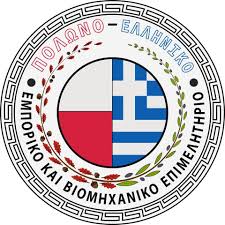
Polish-Greek Chamber of Commerce and Industry

Jan Kochanowski University in Kielce

ASECU – Association of Economic Universities of South and Eastern Europe and the Black Sea (Greece, Thessaloniki)
The Association of Economic Universities of South and Eastern Europe (ASECU) was founded at the initiative of Professor Yannis Tsekouras, Rector of the University of Macedonia in Thessaloniki, Greece, who since November 1996, has organized 24 universities from 7 countries, which later became the founding members of the Association.
Today, ASECU has 63 members, including universities and research centers. Fifty (50) are full members from Albania, Armenia, Bosnia and Herzegovina, Bulgaria, Greece, Montenegro, North Macedonia, Poland, Romania, Russia, Serbia, Slovakia, Turkey, and Ukraine. Thirteen (13) are associate members from Bangladesh, China, Egypt, Hungary, Kazakhstan, Lebanon, and Palestine.
The Association’s headquarters and Secretariat are located at the University of Macedonia in Thessaloniki, Greece. The offices of the Association’s Board of Governors are situated wherever the current president of the Board performs his/her academic duties.
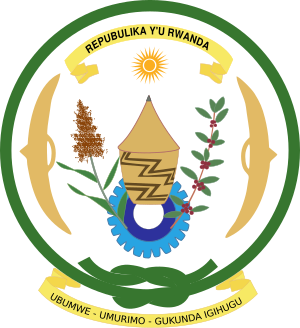
Embassy of the Republic of Rwanda in Poland
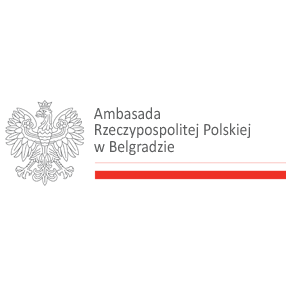
Embassy of the Republic of Poland in Serbia (Belgrade)
Formal diplomatic relations between the Republic of Poland and Serbia date back to 1919, when ties were established between the newly independent Poland reborn after World War I and the newly formed Balkan state known as the Kingdom of Serbs, Croats, and Slovenes. Cooperation intensified under different geopolitical circumstances after World War II, when the government of the Polish People’s Republic and the government of Yugoslavia signed dozens of joint agreements that strengthened their mutual relations.
Both countries maintain embassies: the Embassy of the Republic of Poland operates in Belgrade, while the Embassy of the Republic of Serbia is located in Warsaw. During the 9th term of the Polish Parliament, the Polish-Serbian Parliamentary Group has been active since September 29, 2021.
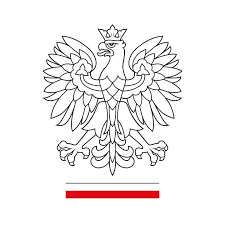
Embassy of the Republic of Poland in Slovenia (Ljubljana)
Diplomatic relations between Poland and Slovenia were established on 10 April 1992. They include political, economic, defense, cultural and scientific cooperation, as well as interpersonal and social areas. Factors determining bilateral relations include: geographical and cultural – linguistic proximity, experience of political transformation and membership in the European Union and NATO. Regional cooperation within the Visegrad format also plays an important role.
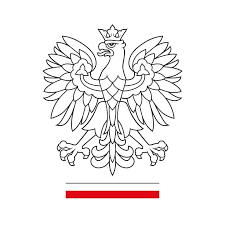
Embassy of the Republic of Poland in Croatia (Zagreb)
International relations between Poland and Croatia were established in 1992 after the collapse of Yugoslavia and Croatia’s independence. The over 30-year relationship between the two countries is described by the Polish Ministry of Foreign Affairs as very good. Both countries are members of NATO and the European Union, and also cooperate within the Three Seas Initiative.
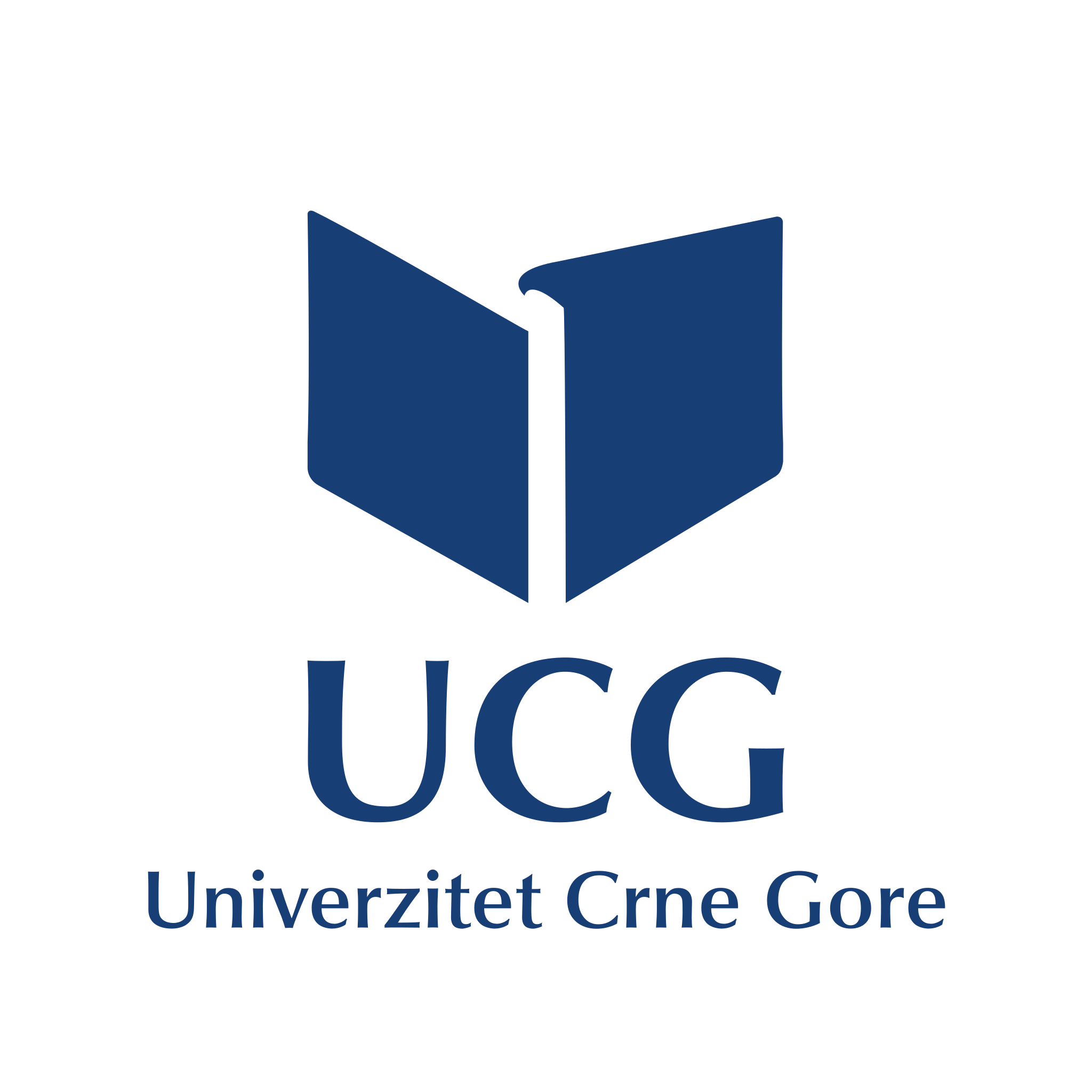
University of Montenegro in Podgorica
The first university in Montenegro was established on April 2, 1974, in Titograd (now Podgorica) through the merger of several higher education institutions operating in Montenegro. Its faculties and other organizational units are primarily located in Podgorica, as well as in Kotor, Cetinje, and Nikšić. The University of Montenegro celebrates University Day on April 29, the date in 1974 when the University Assembly, its governing body, was established.
The University of Montenegro is a member of prestigious international organizations, including: EUA (European University Association), Magna Charta Universitatum, AUF (Francophone University Association), Uniadrion (Network of Adriatic-Ionian Universities), NUSCT (Network of Universities from Small Countries and Territories), BUA (Balkan Universities Association).
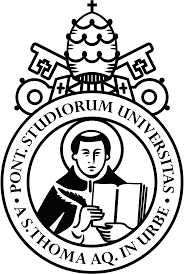
Pontifical University of Saint Thomas Aquinas (PUST), Rome
The official founding of the Dominican Studium Conventuale in Rome, which would eventually develop into the Angelicum, took place on June 5, 1222, when Pope Honorius III transferred the Santa Sabina complex to the Order of Preachers.
The Pontifical University of Saint Thomas Aquinas (Angelicum) in Rome, Italy, traces its roots to the Dominican mission to study, teach, and proclaim the truth, reflected in the Order’s motto, Veritas (“Truth”).
The distinctly educational nature of the Dominican apostolate, envisioned by St. Dominic de Guzman in 1216 at the founding of the Order—the “first order established by the Church with an academic mission”—is succinctly expressed by another motto of the Order: contemplare et contemplata aliis tradere (“to contemplate and to hand on to others the fruits of contemplation”).
Pope Honorius III formally approved the Order of Preachers through documents issued in December 1216 and January 1217. On January 21, 1217, the papal bull Gratiarum omnium confirmed the Order’s pedagogical mission by granting its members the right to preach universally, which until then required authorization from local bishops.

Abat Oliba CEU University (UAO)
Abat Oliba CEU University traces its orgins back to the Abat Oliba CEU University Center, established by the San Pablo CEU Foundation in 1973 throught an affiliation agreement with the University of Barcelona. Classes began in 1974 at the original campus on Pearson Avenue in Barcelona and since then, the university has graduated over 8,500 students.
In 1993, it moved to the Bellesguard Campus and, as the Abat Oliba CEU Higher Education Teaching Center, started offering full-degree programs in Law and Business Management, along with the initial stage of Economics studies.
Ten years later, the new Abat Oliba CEU University was officially recognized by Law 20/2003 of July 4, passed by the Parliament of Catalonia. This marked the establishment of two academic Units in Barcelona: the Faculty of Social Sciences and the College of Technical Engineering.
The university is currently organized into three faculties: Law and Business; Communication, Education, and Humanities; Medical Sciences and seven departments: Communication, Business and Economics, Law and Political Science, Psychology, Medical Sciences, Education and Humanities, and Sports.
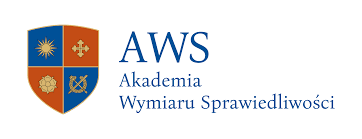
Academy of Justice
Under the Act on the Prison Service dated April 9, 2010, the institution is an organizational unit of the Prison Service, possessing legal personality and operating in accordance with the Higher Education Law of July 20, 2018.
In August 2022, the Academy received a scientific category A in two disciplines: Security Sciences and Pedagogy. This Category A status grants the right to confer doctoral and habilitated doctoral degrees, and to operate doctoral schools.
The statutory purpose of the Academy of Justice is to educate and train officers of Prison Service officers, members of other uniformed services, and civilian.
As of September 2023, in accordance with the Act of April 14, 2023, on the renaming of state service universities supervised by the Minister of Justice and the amendment of the Prison Service Act and certain other acts, the Higher School of Justice was renamed the Academy of Justice.

Cultural Center in Soleczniki, Lithuania
The Cultural Center operates in a neoclassical palace in Jaśuny, which was built between 1824 and 1828 at the initiative of Jan Śniadecki, based on a design by architect Karol Podczaszyński.
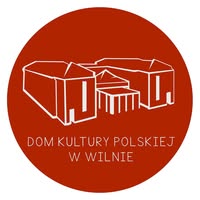
Polish Cultural Center in Vilnius
The Polish Cultural Center is an institution owned by the Charity and Aid Foundation “The Polish Cultural Center in Vilnius.” It was established by a decision of the Senate of the Republic of Poland, with its founding organizations being the Polish Community Association and the Vilnius City Branch of the Union of Poles in Lithuania. The building was constructed through the joint efforts of citizens of the Republic of Poland and the Republic of Lithuania and was opened to the public in 2001.
Today, the Polish Cultural Center in Vilnius is the largest Polish cultural institution outside the borders of the Republic of Poland. Its main mission is the broad promotion of Polish culture and history, as well as the preservation of national heritage through education.
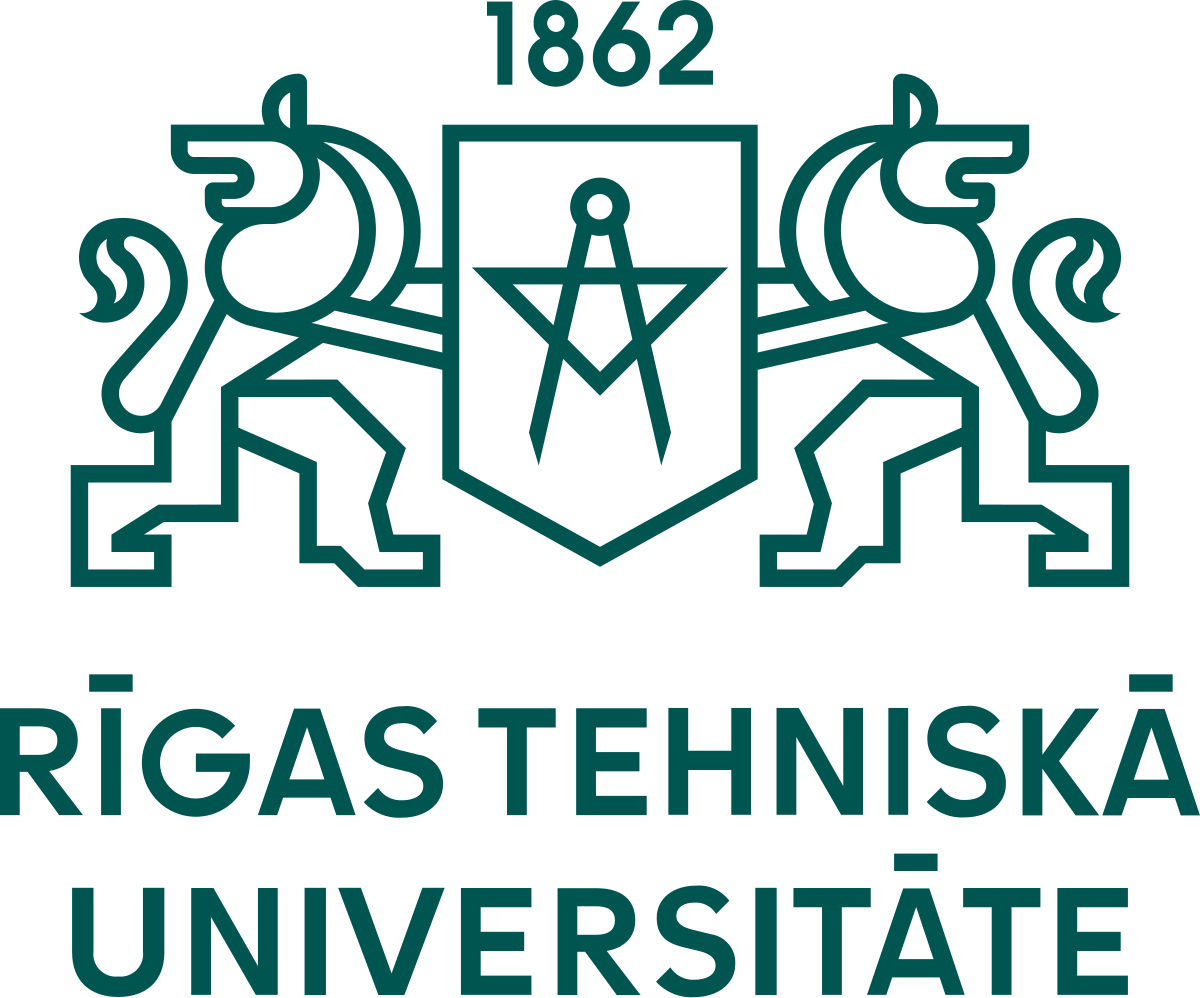
Riga University of Technology, Latvia
RTU is a modern internationally organized university. It is the only technical university in Latvia and the largest higher education institution in the country, educating and training nearly 15,000 students.
RTU focuses on becoming a third-generation university, which not only provides high-quality education, but also conducts advanced research and drives innovation and technology transfer, by implementing scientific discoveries in practice. At RTU faculties, you can get high-top education not only in engineering, but also in social sciences and humanities.

Radio Niepokalanów
This is the radio station run by the Franciscan Fathers in Niepokalanów. The first test broadcast from Niepokalanów took place on December 8, 1938.
Station’s official name was “SP 3 Radio Niepokalanów,” and its signal was a fragment of the melody of the song “Po górach dolinach.” until the outbreak of World War II, Niepokalanów did not obtain a formal license for regular broadcasting.
Radio Niepokalanów was officially reactivated on March 1, 1995.
Radio Niepokalanów broadcasts in the Łódź Voivodeship on 98.6 MHz and in the Masovian Voivodeship on 102.7 MHz. The radio’s headquarters are located in Niepokalanów in the Teresin municipality, and it also has a branch in Łódź.
On February 25, 2025, a meeting was held in Warsaw between the Secretary General of the Nicolaus Copernicus Academy, Prof. Krzysztof Górski, and the Director of Radio Niepokalanów, Fr. Grzegorz Klimczyk. During the meeting both parties signed a cooperation agreement.
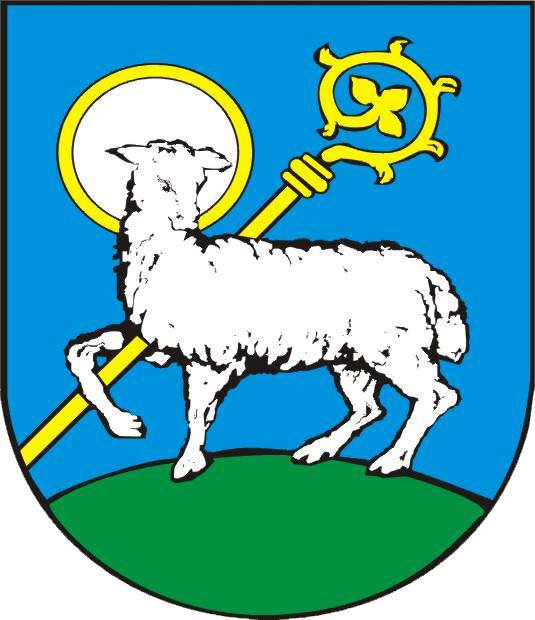
City Hall of Lidzbark Warmiński
Lidzbark Warmiński is a town located in the northwestern part of the Warmian-Masurian Voivodeship, within Lidzbark County. In 2009, its population exceeded 16,000 residents. Lidzbark Warmiński functions as an urban municipality and also serves as the seat of both the rural municipality and Lidzbark County. For several centuries, as the residence of the Warmian bishops, Lidzbark served as the capital of Warmia (from the time of Jan of Meissen to Ignacy Krasicki). Since 2014, the office of mayor has been held by Jacek Wiśniowski.
For ten years, Nicolaus Copernicus — the nephew of Bishop Łukasz Watzenrode, resided in the 14th-century Bishops’ Castle. Other notable residents were Jan Dantyszek, Tiedemann Giese, Stanisław Hozjusz, Marcin Kromer, and Ignacy Krasicki.
Lidzbark Warmiński is an important stop on both the Nicolaus Copernicus Trail and the Gothic Castles Route.